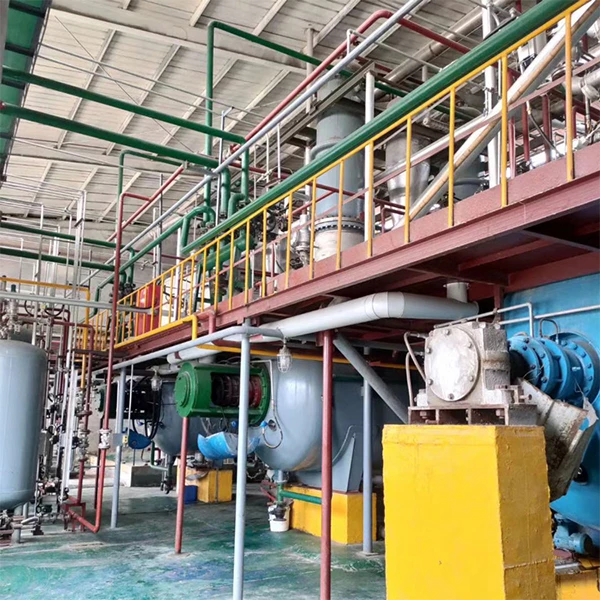Understanding the Additive for Putty Enhancing Performance and Versatility
Putty, a widely used material in construction, repair, and various crafting applications, has evolved significantly over the years. One of the critical innovations in this field is the introduction of additives. These additives, specifically designed for putty, enhance its performance, making it more versatile and efficient for different applications. In this article, we will explore the nature of these additives, their benefits, and how they transform putty into a superior product.
What is Putty?
Putty is a malleable substance made primarily from a combination of fine powders, oils, and resins, depending on its intended use. It is commonly used for filling gaps, sealing cracks, and providing a smooth surface for painting or wallpapering. Putty can be classified into several types, including wood putty, cement-based putty, and epoxy putty, each serving a unique purpose in various environments.
The Role of Additives
Additives are substances added to putty to enhance its properties and performance. They can be organic or inorganic and are used to achieve specific characteristics, such as improved workability, increased adhesion, enhanced flexibility, and better weather resistance. The primary goal of these additives is to optimize the putty's overall functionality, making it suitable for a broader range of applications.
Types of Additives Used in Putty
1. Thickeners These additives increase the viscosity of putty, allowing it to hold its shape during application and preventing sagging. Thickeners are essential for vertical surfaces and overhead applications, ensuring that the putty remains in place until it sets.
2. Plasticizers Plasticizers improve the flexibility and workability of putty. By altering the molecular structure, they allow the putty to expand and contract without cracking, making it suitable for areas subject to movement.
3. Accelerators These additives speed up the curing process, allowing for quicker application and reduced waiting time before the next layer can be applied or painted. Accelerators are particularly useful in colder environments where curing can be delayed.
additive for putty

4. Fiber Reinforcements Incorporating fibers into putty can enhance its structural integrity, making it more durable and resistant to cracking. Fiber-reinforced putties are ideal for use in high-stress environments, such as construction and repair work on buildings and infrastructure.
5. Antimicrobial Agents To prevent the growth of mold and mildew, especially in humid environments, some putties contain antimicrobial additives. These agents help maintain the integrity of the putty over time and are particularly important in areas exposed to moisture.
Benefits of Using Additive-Enhanced Putty
The incorporation of additives into putty provides numerous benefits, making it a superior choice for both professionals and DIY enthusiasts. Some of the key advantages include
- Improved Performance Additives enhance the adhesion, flexibility, and durability of putty, resulting in a more reliable product that performs better in various conditions.
- Versatility With a wide array of additives, putty can be formulated for specific applications, such as outdoor use, interior repairs, or specialized projects. This adaptability makes it a go-to solution for a variety of challenges.
- Cost-Effectiveness High-quality putties reduced the frequency of repairs, leading to lower overall maintenance costs. By using additives, manufacturers can create putties that require less material for the same job, further enhancing cost efficiency.
- Ease of Use Additive-treated putties typically offer improved workability, making them easier to apply, shape, and finish. This ease of use is especially beneficial for DIY projects, ensuring optimal results even for novice users.
Conclusion
Incorporating additives into putty has revolutionized its application across various industries. From construction to home repairs, the advancements in putty formulations ensure that it meets the demanding requirements of modern use. By understanding the role of these additives, consumers can make informed choices, leveraging the strengths of enhanced putty to achieve results that are not only aesthetically pleasing but also durable and long-lasting. As technology continues to advance, the future of putty remains promising, with the potential for even more innovative solutions to meet the evolving needs of users.
-
Rdp Powder: Key Considerations for Wholesalers in the Building Materials IndustryNewsJul.08,2025
-
Key Considerations for Wholesalers: Navigating the World of Hpmc - Based ProductsNewsJul.08,2025
-
Hpmc Detergent: Key Considerations for WholesalersNewsJul.08,2025
-
Key Considerations for Wholesalers: China Hpmc For Tile Adhesive, Coating Additives, Concrete Additives, and MoreNewsJul.08,2025
-
Crucial Considerations for Wholesalers: Navigating the World of Construction MaterialsNewsJul.08,2025
-
Key Considerations for Wholesalers Sourcing Additive For Cement, Additive For Concrete, Additive For Putty from Additive Manufacturer Shijiazhuang Gaocheng District Yongfeng Cellulose Co., Ltd.NewsJul.08,2025




